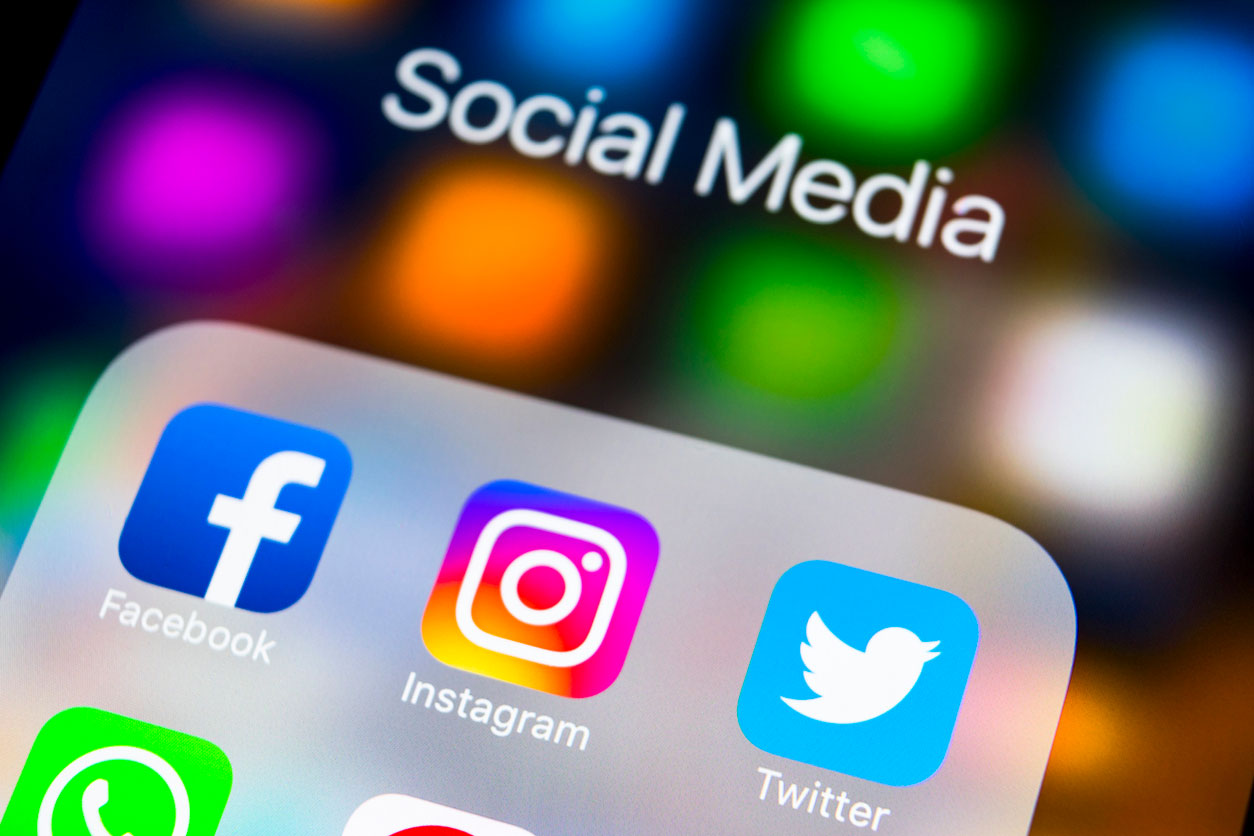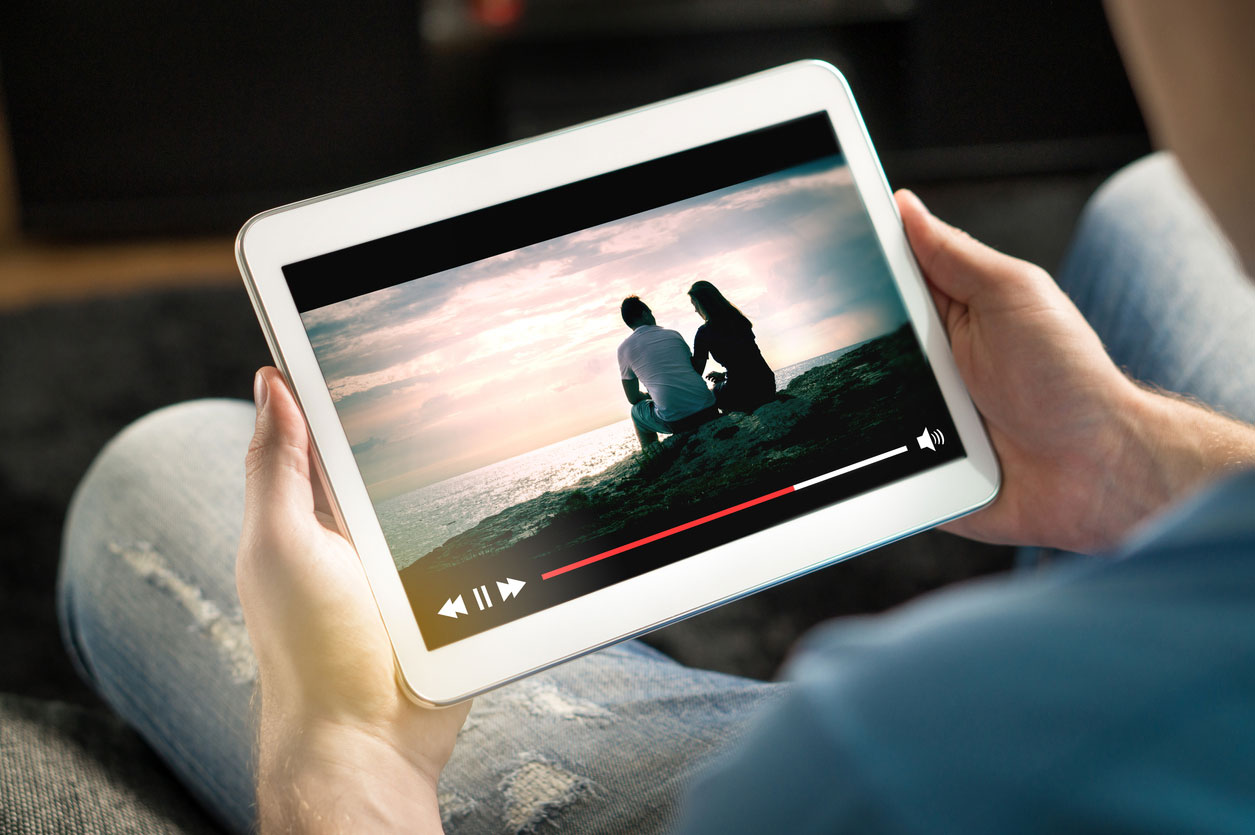Making social media work for your nonprofit

Social media is an inexpensive way to tap into a nonprofit’s network of supporters and create new ones. But it should always be part of a broader communications strategy.
One thing most small- to mid-sized nonprofits have in common is an advertising budget that is somewhere between extremely limited and nonexistent. That’s why social media for nonprofits is so important.
On the upside, another thing charities generally share is a community of like-minded supporters who are in turn connected to many more people who have shared values and interests.
Combined, these two characteristics make social media a great way for nonprofit organizations to reach their target audience by capitalizing on existing relationships and their connections.
But when an organization doesn’t have staff who understand how to use social media effectively, or when social media management is left to someone who is already stretched thin doing a totally different job, the result can be a lot of lost opportunity.
Social media can be executed without a huge time investment. Still, it should have a carefully constructed strategy behind it. And it should be integrated with an organization’s overall communications plan, its website and its messaging.
Here are a few tips for getting the most out of your social media:
1. Identify your strategic communications goals and how they can be supported by social media.
Whether you are looking to engage a community around an initiative, recruit volunteers, educate, fundraise, promote the services you offer, or all of the above, social media can play a role. Your social media content should be designed to support each of your communications goals, and your social media tactics should match the goal.
2. Use your social media channels in ways most appropriate to the audience and the goal.
You know who you want to reach. But do you know where they hang out on social media and how they behave there? Research on Internet and social media usage abounds. And you can mine your own social media for insights about who is engaging with which of your posts and tweets and focus your future content accordingly. If you want to target the under-35 segment in an ongoing campaign, Instagram might be a good platform. If you are rallying people of all ages around an event and want to make frequent updates, Twitter is probably the best place to focus your social media effort.

Don’t forget the “social” in social media. Your organization should join conversations on social media rather than just talking at people all the time.
3. Engage with like-minded organizations to get beyond your current followers.
Often, people forget that a key word in social media is “social.” They focus on posting their own information only, and don’t engage with like-minded organizations and individuals. Effective social media is not just about setting up and implementing a calendar of posts. It’s about being part of an online community. That means you have to like, share and comment on the posts of your community partners, tag them, and celebrate their successes along with your own. Doing so encourages them to reciprocate and spreads your organization’s name and reputation across the social media of others. Another important tactic is to boost your most popular posts and target Facebook ads to the friends of your followers.
4. Make sure your social media is integrated with your website and other communications tools.
A good percentage of your social media posts should drive traffic to your website, where people will learn more about your organization and engage further as donors and friends, as well as clients. Good website navigation and strategic placement of call-to-action buttons can then funnel traffic through the website to desired locations such as donation and event pages. At the same time, your website should feature your social media through the use of icons and feeds that remind your visitors to follow you. Newsletters, whether print or electronic, should also include invitations to follow your organization on social media.

Social video generates by far more shares than text and images, and it can be created inexpensively from still photos, animation apps and even right on your smart phone.
5. Give the people what they want: video.
One-third of U.S. online activity is spent watching video, with 85 percent of the U.S. Internet audience watching video and 92 percent of video viewers sharing videos with others. Social video generates 1,200 percent more shares than text and images combined. Not all videos have to be expensive productions. Videos in slide-show or animated format using a combination of text and photos are relatively inexpensive. Still photos and graphics are a bare essential for any post, but video is king.
If you’ve tried to follow best practices but just can’t find the time to do social media right, don’t despair. Contact Relatable Communications Group. We’re here to help. Our social media management will get your organization where it needs to go without blowing a hole in your budget.
Recent Blogs
How surveys can help target your strategic communications
Survey results can help guide a strategic communications plan or campaign and provide a baseline for evaluation. Creating strong messaging is crucial for nonprofits, but without survey research to help us understand our target audience, we are less likely to win the...
The modern-day power of the op-ed
As we seek to get our messages out through the media, the focus is often on writing press releases and pitching stories, but an often-overlooked solution is as close as our own keyboards: the op-ed. An opinion piece by someone not associated with the news outlet in which it appears, an op-ed offers an opportunity to educate and inform a large audience about an issue that is vitally important to your organization and its constituents.
Musical chairs and media relations
One of the hardest things about media relations today is keeping up with the constant turnover among reporters and editors at major news outlets. That’s where Relatable Communications Group comes in. We’ll not only write a great press release, but we’ll also devise a targeted media list and do the critical but often overlooked, up-to-the-minute research before sending it out to make sure that list is current.



